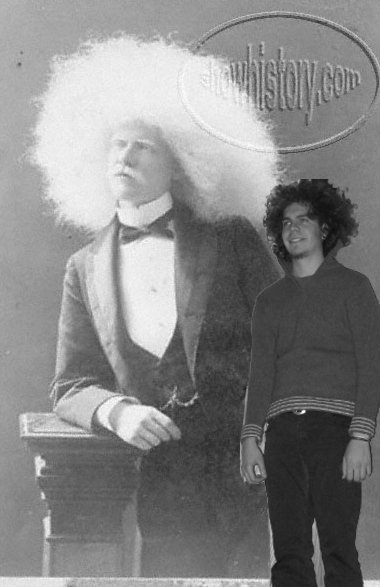Hair! A Critical Thinking Musical
Weinlick in his disco stage
I love hair. I love hairstyles and haircuts and colours. I love how a simple alteration of hair can completely change our perceptions of a person. Think dreadlocks… I also dread losing my hair. The other day at my hairdresser I asked an innocuous question, “is there an age where men no longer need to worry about losing their hair.” My hairdresser responded, “Hair loss can occur at any point in life.” Lesson learned.
But she continued, “There are some things you can do to avoid hair loss. For instance, avoid wearing hats and scrub your head with a comb to stimulate blood flow.” I stopped her. “I think those are myths. Hair loss, from what I understand, is genetic.”
While my story may have only resulted in a spiteful haircut, I believe that critical thinking can have a number of positive effects beyond being a pain in the ass.
For me critical thinking is simply questioning. There are a number of excellent books[1], thinkers[2], and websites[3] on the topic of critical thinking that better define what it is and how to approach it but for the purpose here it’s simply easily defined as questioning.
Obviously questioning assumptions or common held beliefs can have practical applications, like confidently keeping your head covered by your favorite toque on a cold winter night without risking hair loss. Critical thinking can keep you from spending money on scams or sham miracle cures.
In a broader context critical thinking can also help inform, contextualize and decipher complex social norms and issues. One can think of it as peeling the layers to discover deeper aspects of human behavior.
I would argue that critical thinking could become a driver for a number of positive responses. For example when we move from large, vague black and white explanations to something more relatable we can more easily develop empathy. With societal issues, as with other phenomena, critical thinking can turn the unbelievable into very real, believable and ultimately understandable.
Within the context of human services work, questioning assumptions for underlying social issues can lead to more effective and innovative approaches. In Disability Services programs are often short sighted and simply about managing a person’s “behaviors”. A critical thinking perspective could lead us to examine the reasons behind the behaviors rather than attempting to manage them. In many cases it would be important to think critically and ask, “Are our services really helping people have good lives or simply focusing on managing a disability and behaviors?” It stands to reason that the more comprehensive knowledge we have of a challenge or problem the better equipped we can be when addressing them.
This kind of critical thinking and questioning can potentially lead us to creativity. I believe the more open and critical we are when looking at problems the more creative tools we can develop when approaching them. Frankly we can be as creative as we want but if we’re looking in the wrong direction it’s pointless. I recall the parable of the man looking for his car keys under the streetlight. A stranger passes and asks him where he lost his keys. The man points yards away to the darkness. The stranger, puzzled, asks why are you looking under streetlamp if his keys were lost yards away? The man responds because this is where the light is. Even with the most creative searching methods available the keys will never be found. If creativity is looking at things differently then we should first try to know as best we can what and where we are looking.

